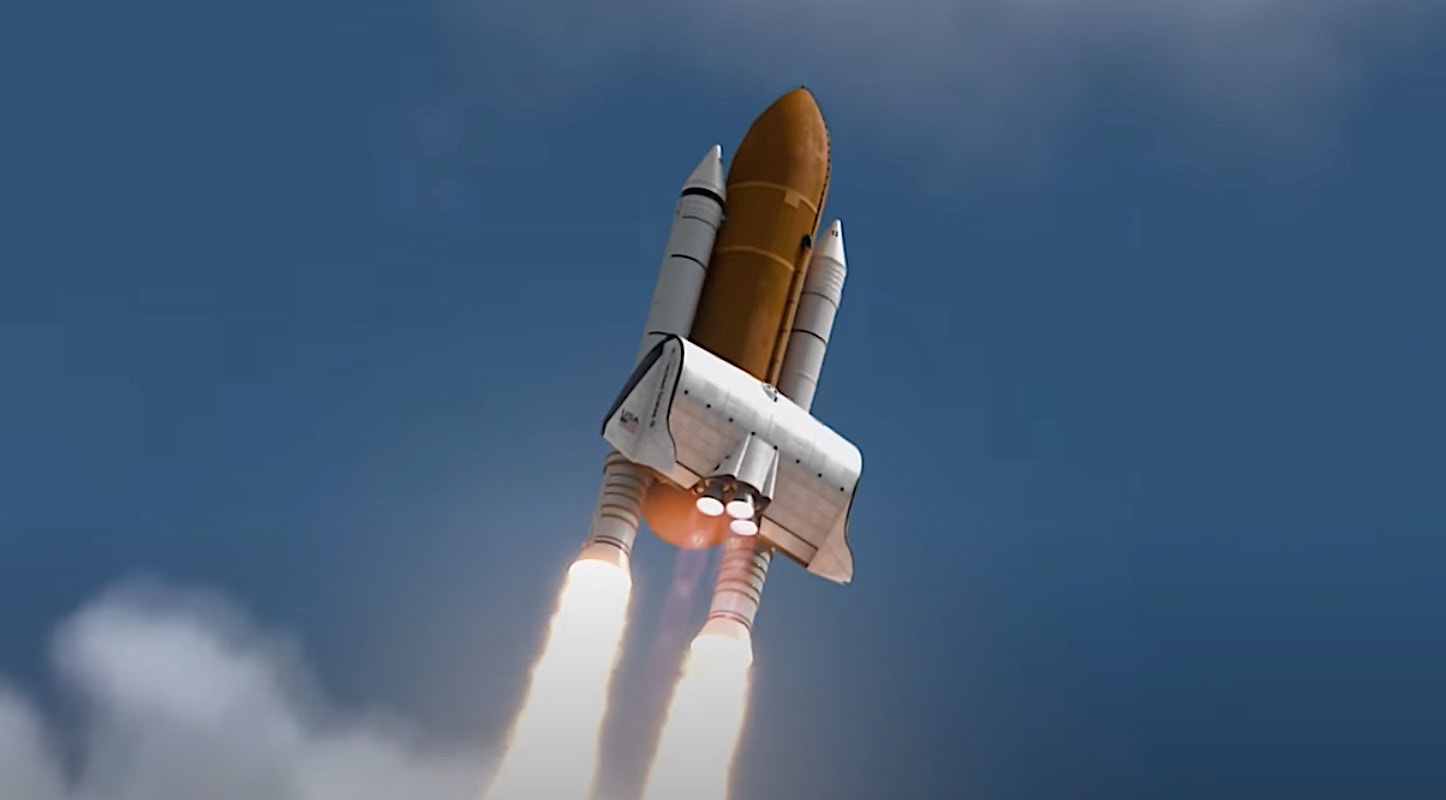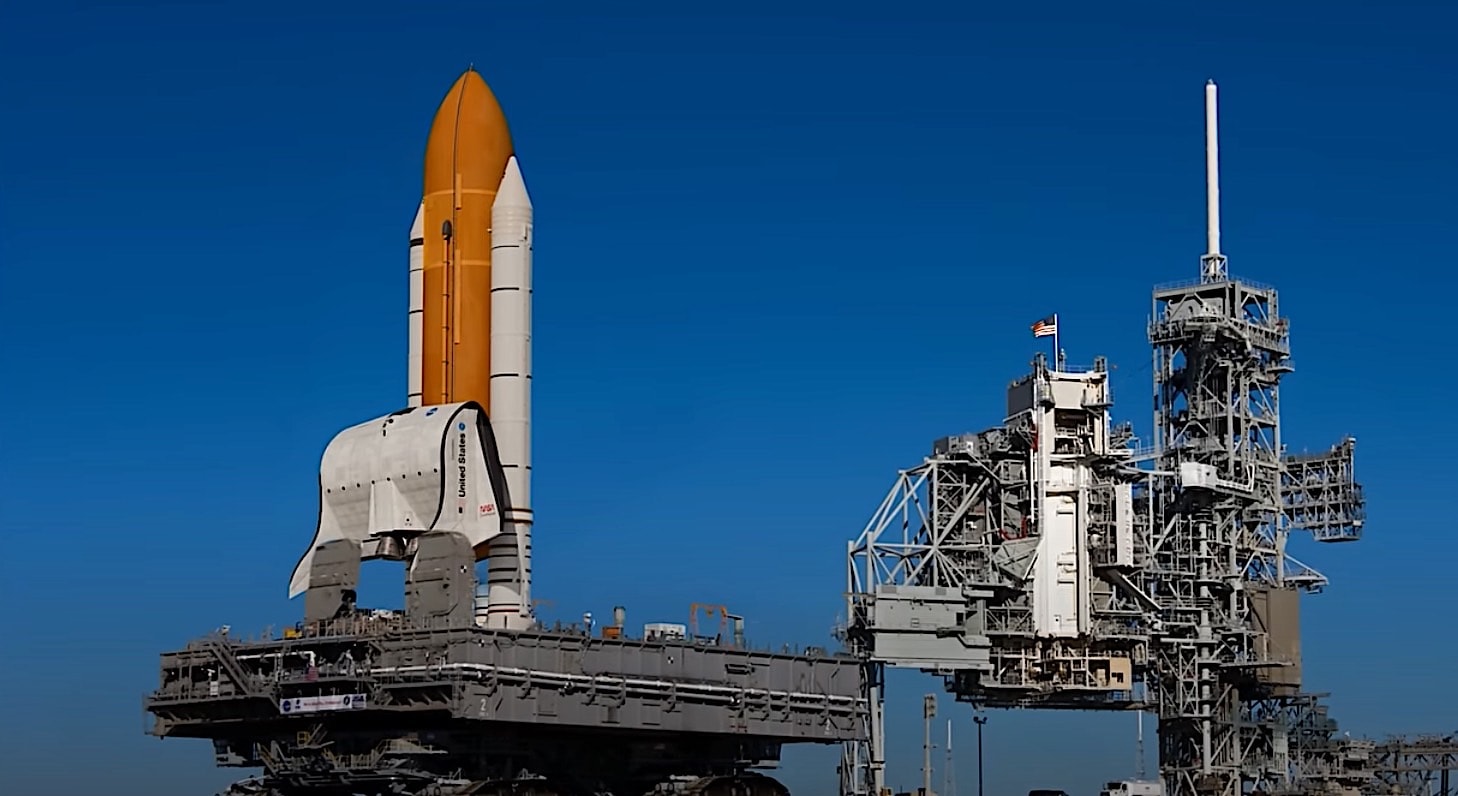In the 1970s, during the heyday of innovation in the space program, Rockwell International, a leading name in aerospace, came up with an unconventional design for a space shuttle.
This concept, known as the Rockwell C-1057, was the brainchild of engineer Harry Scott. Unlike the traditional space shuttle design, the C-1057 resembled a cargo bay turned on its side.
This unique approach aimed to create a shorter, yet functional, spacecraft for ferrying cargo into orbit.

Revealed in 1972 by North American Rockwell, the Rockwell C-1057 was a proposed reusable spacecraft that captured imaginations with its unconventional, boxy design, earning it the nickname “breadbox.”
Despite remaining a concept, the C-1057 continues to intrigue aerospace enthusiasts with its unique features and theoretical advantages. The design aimed to minimize the craft’s whole length while preserving cargo space, a significant consideration for future space missions.

